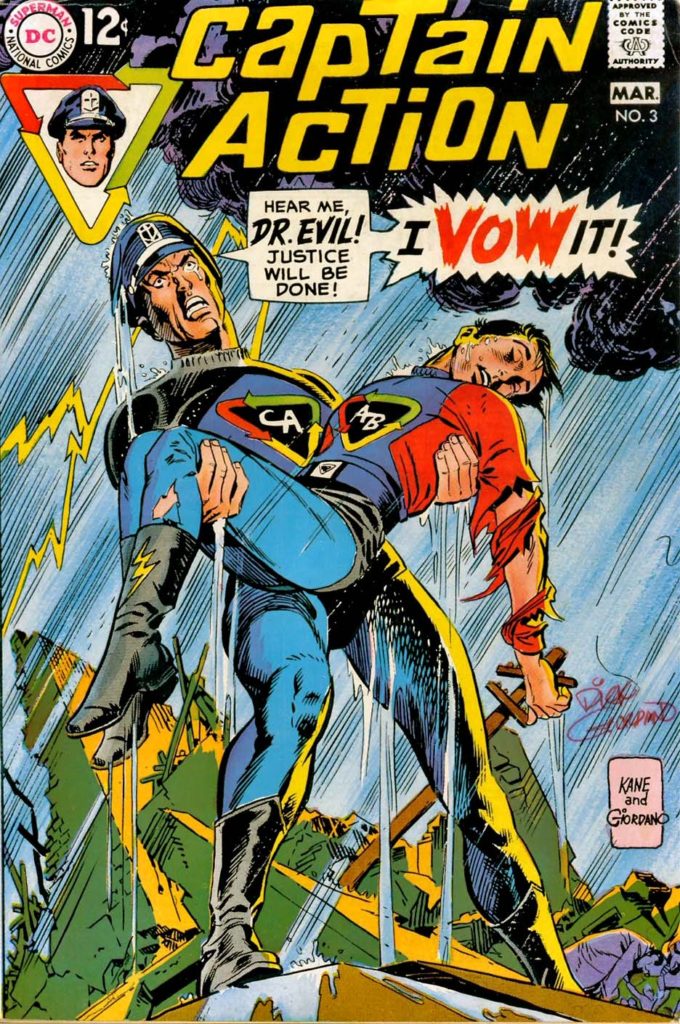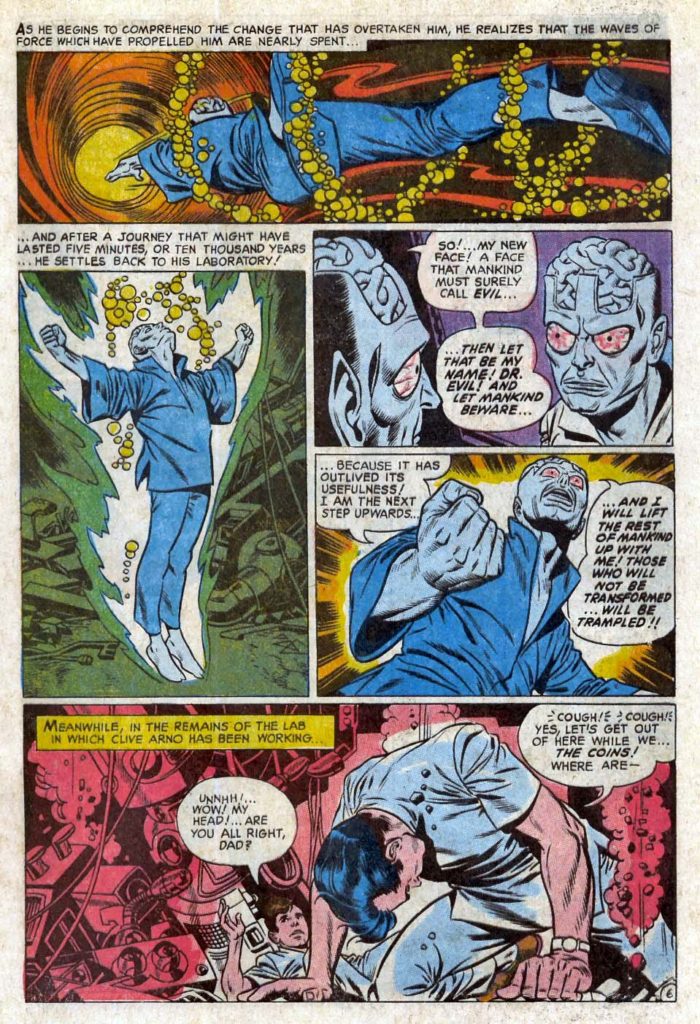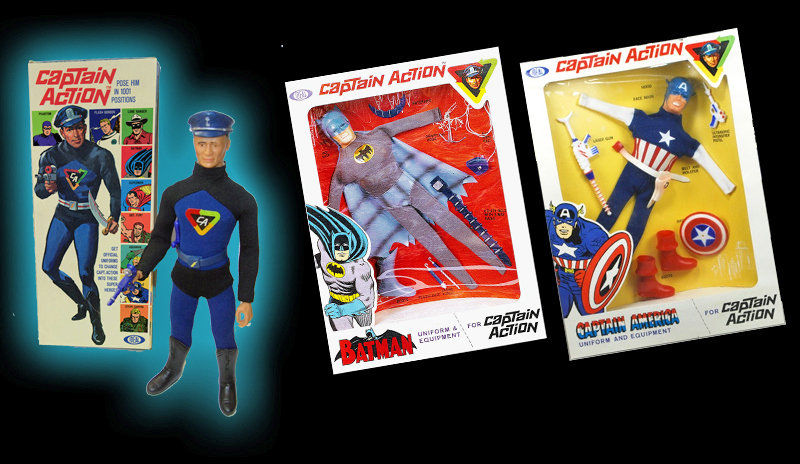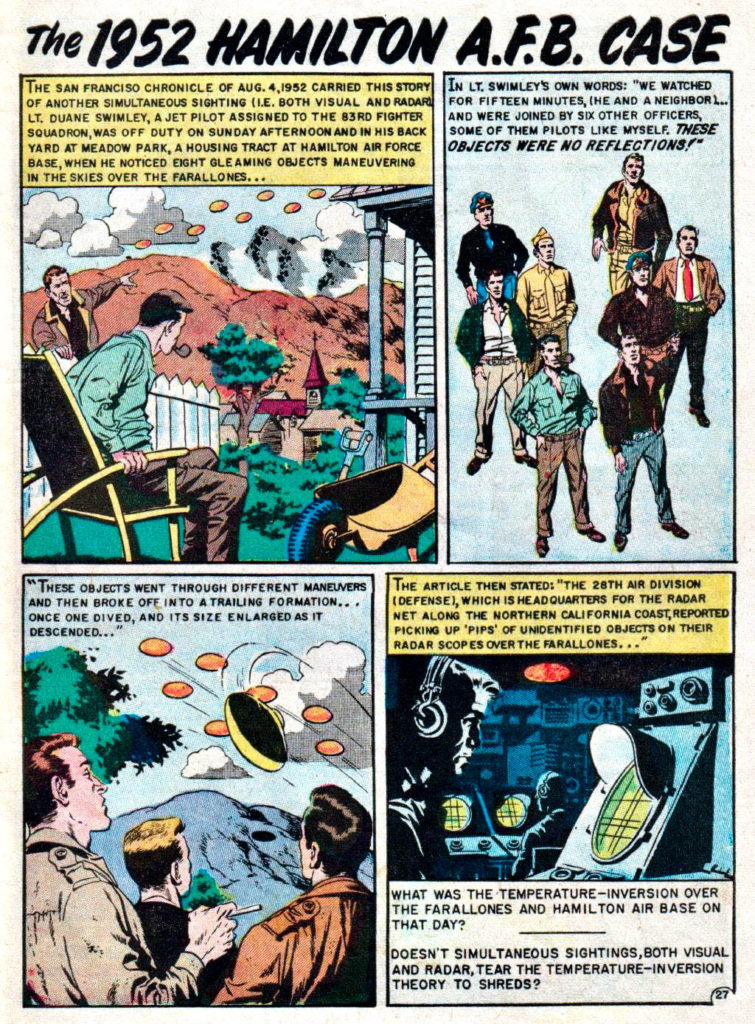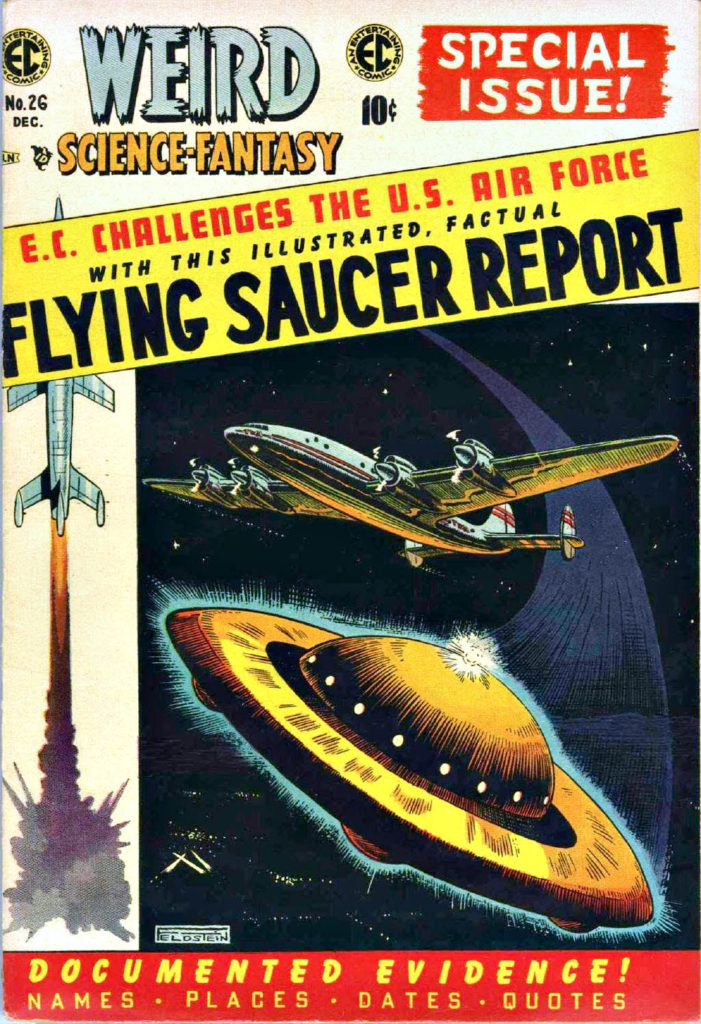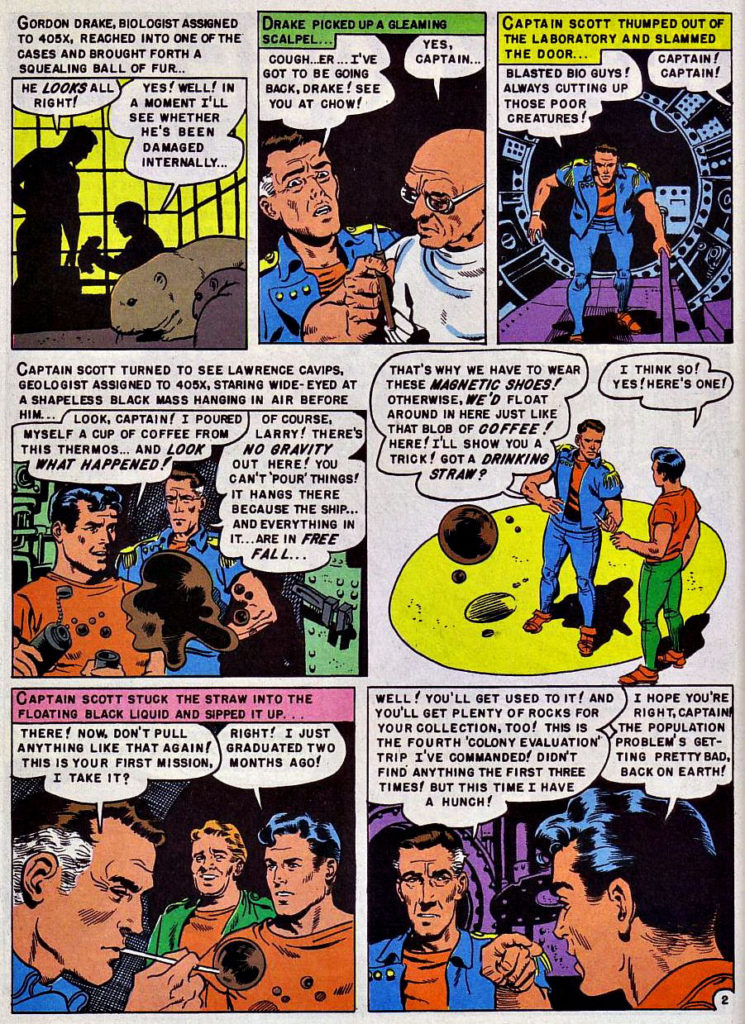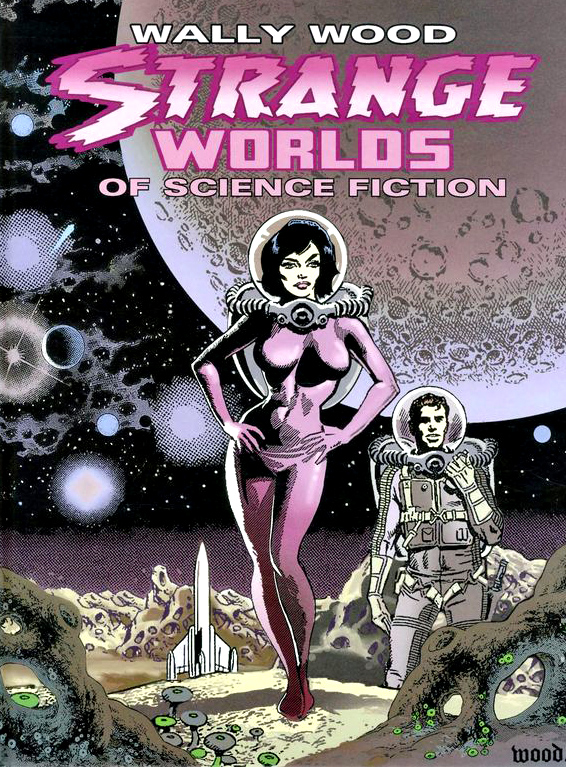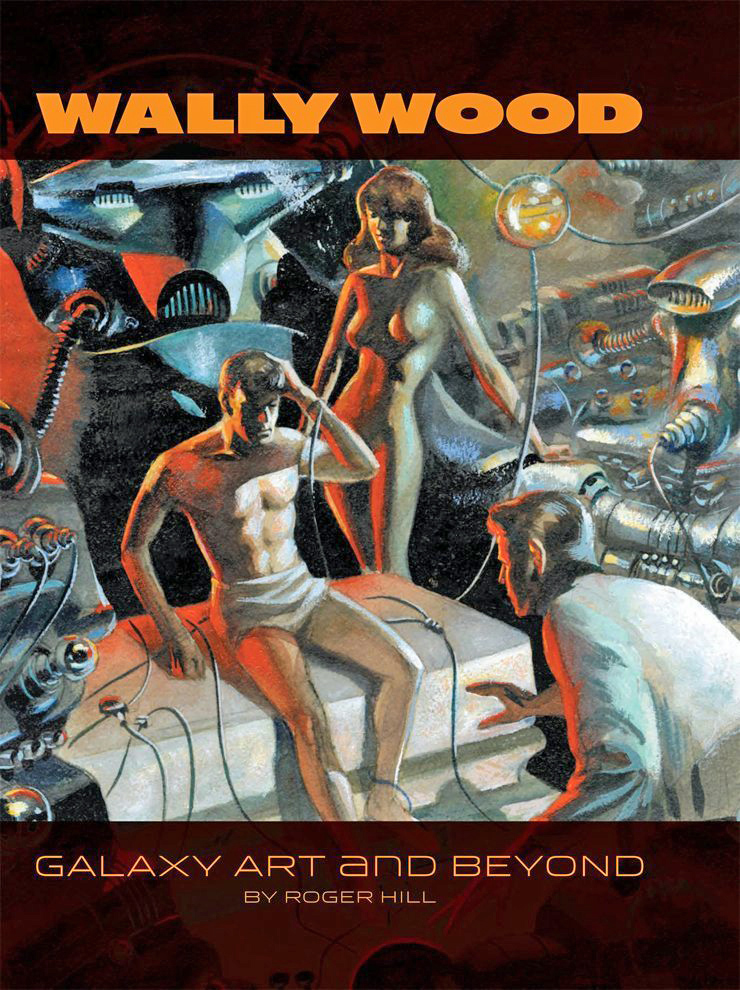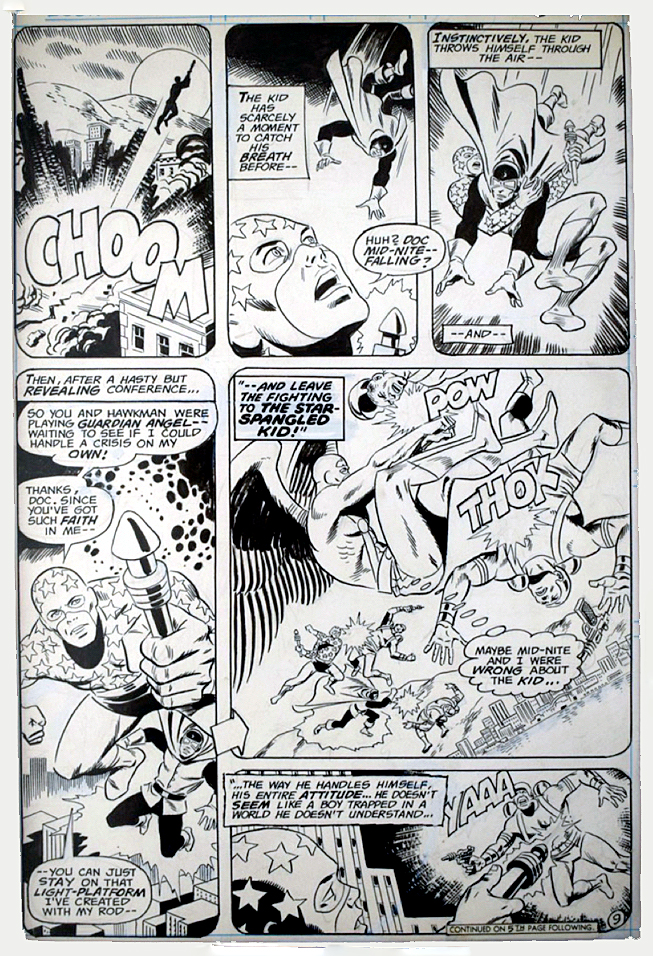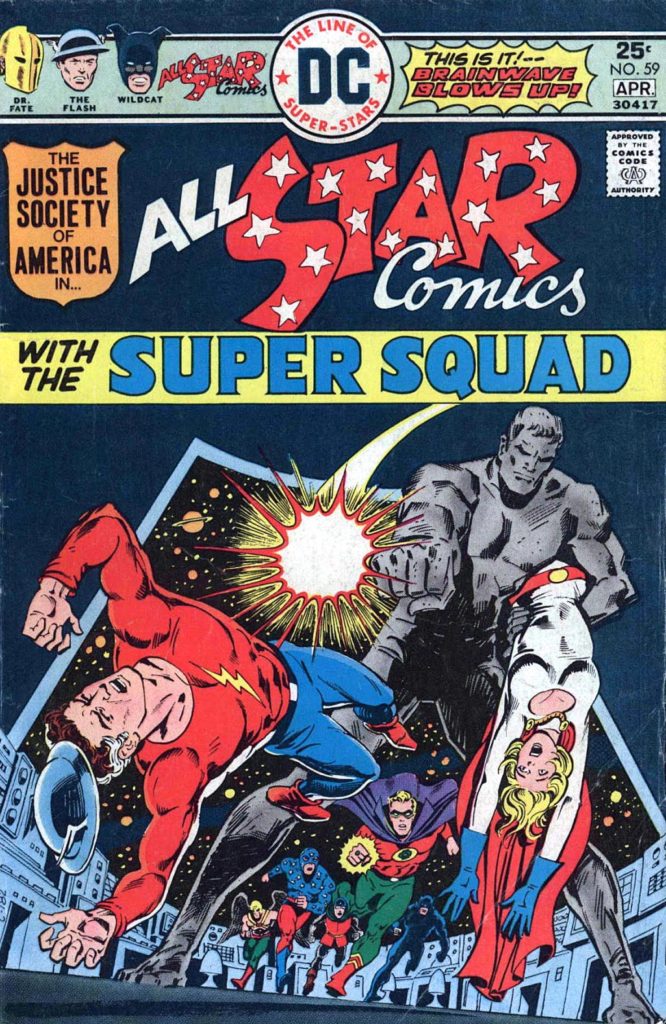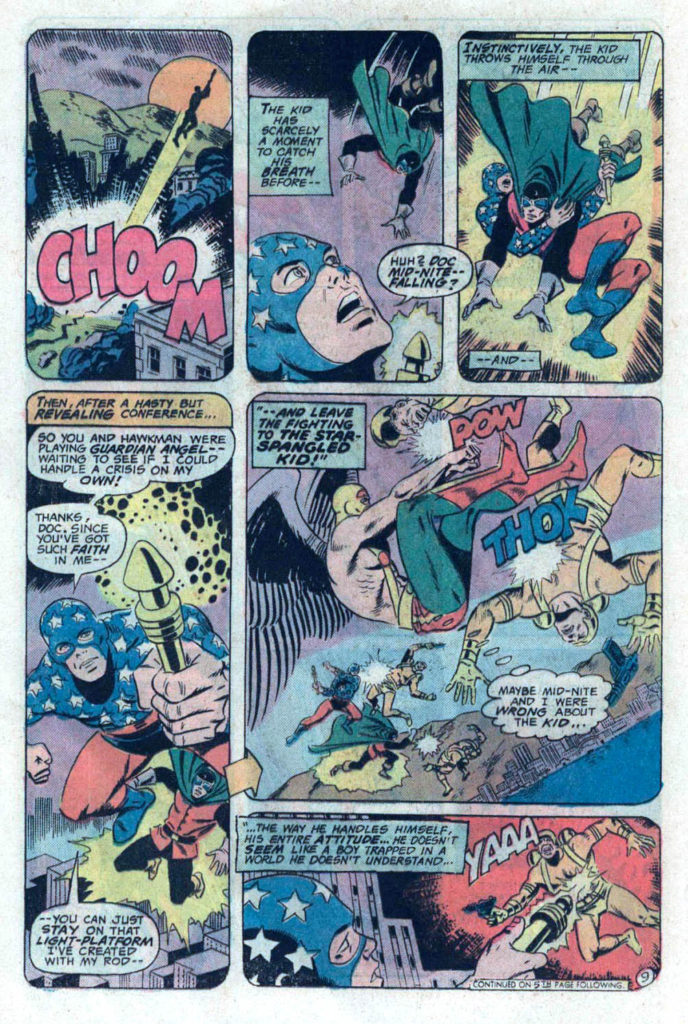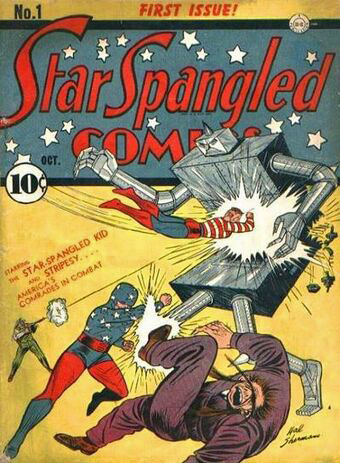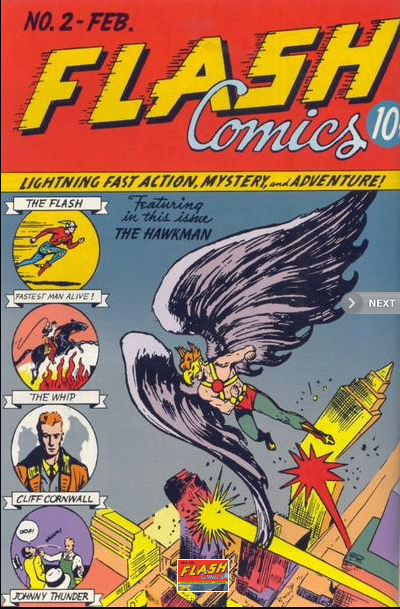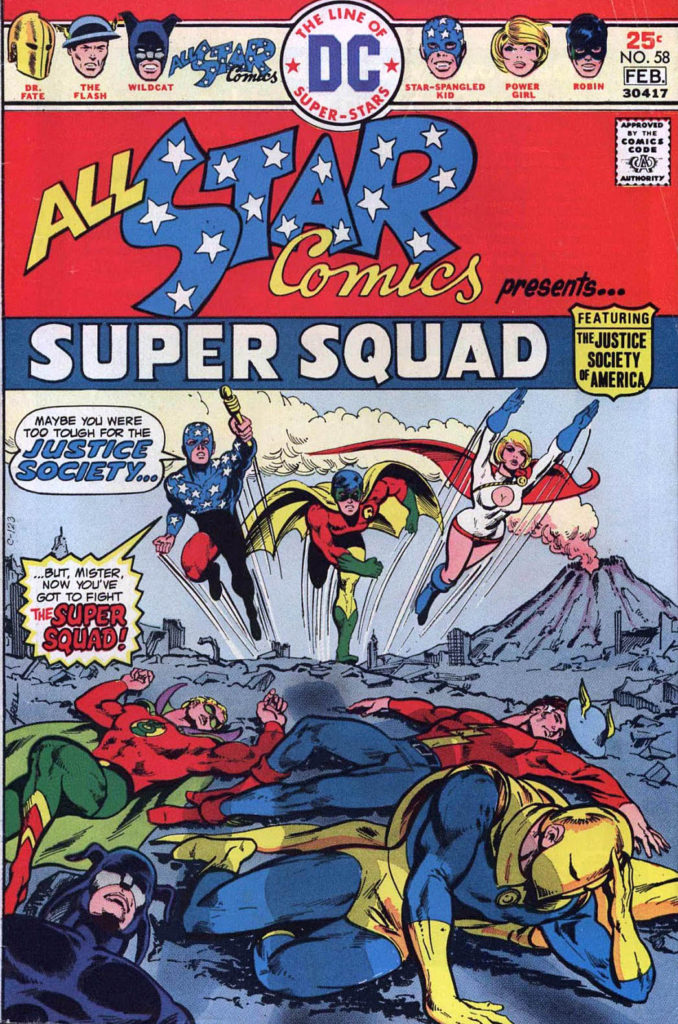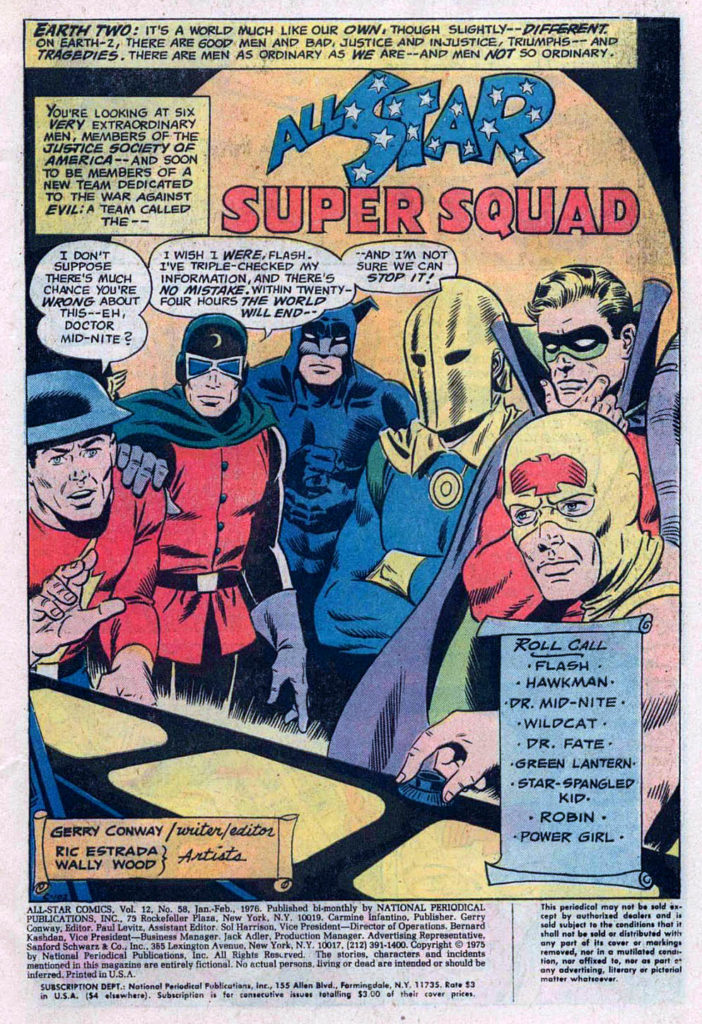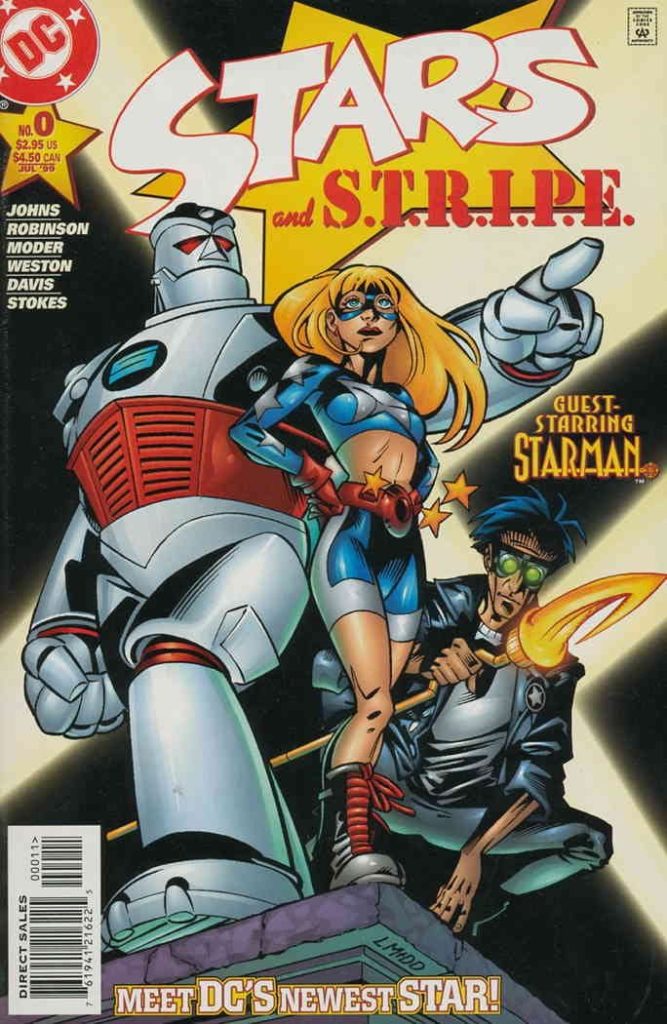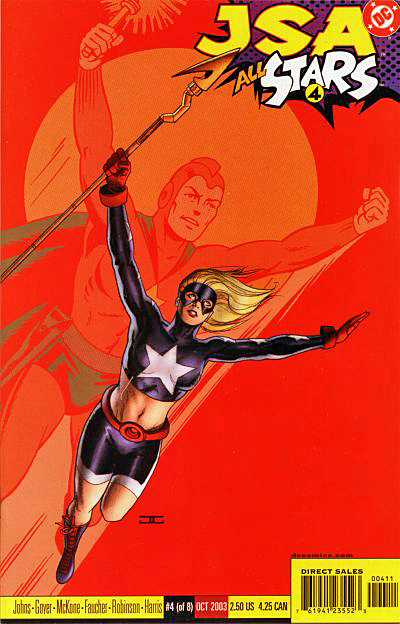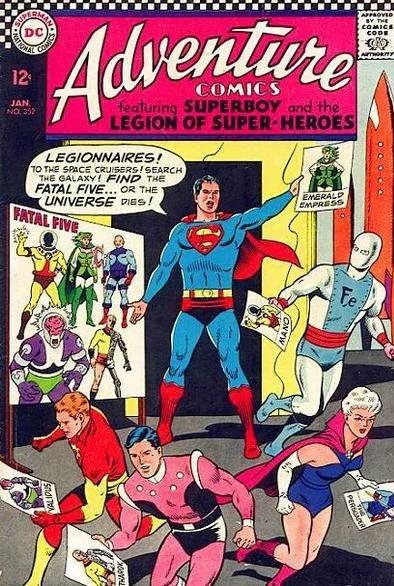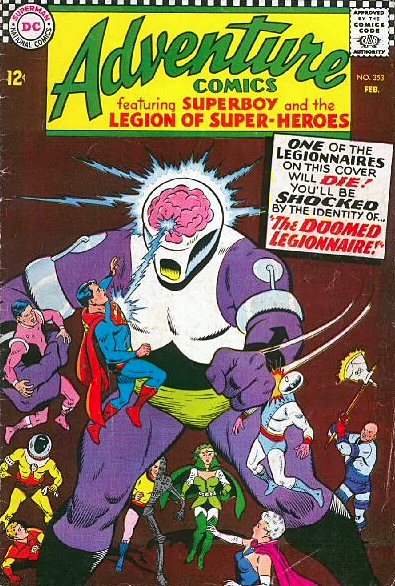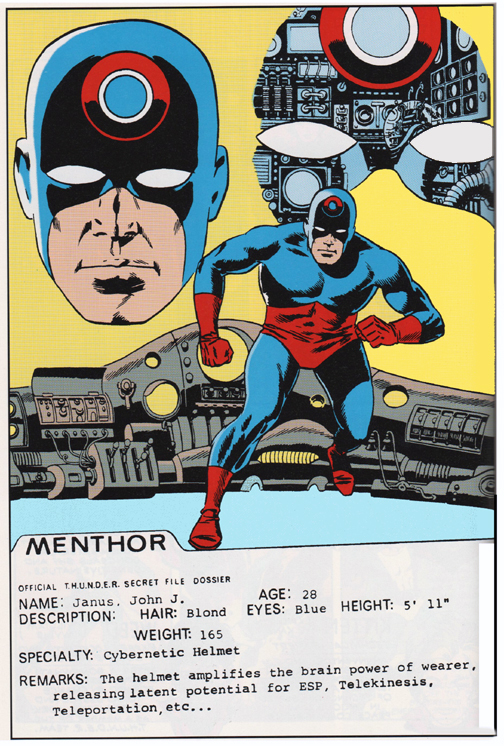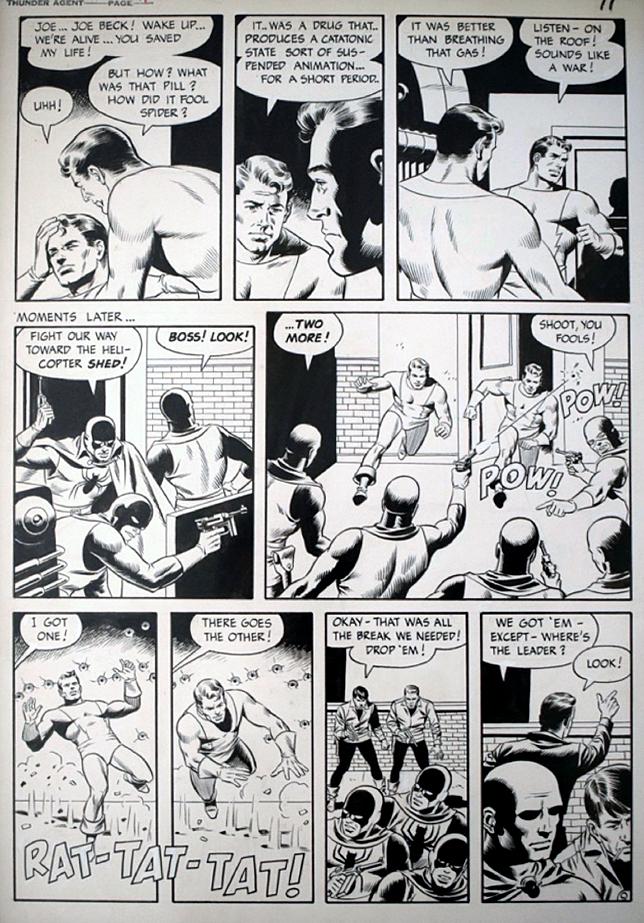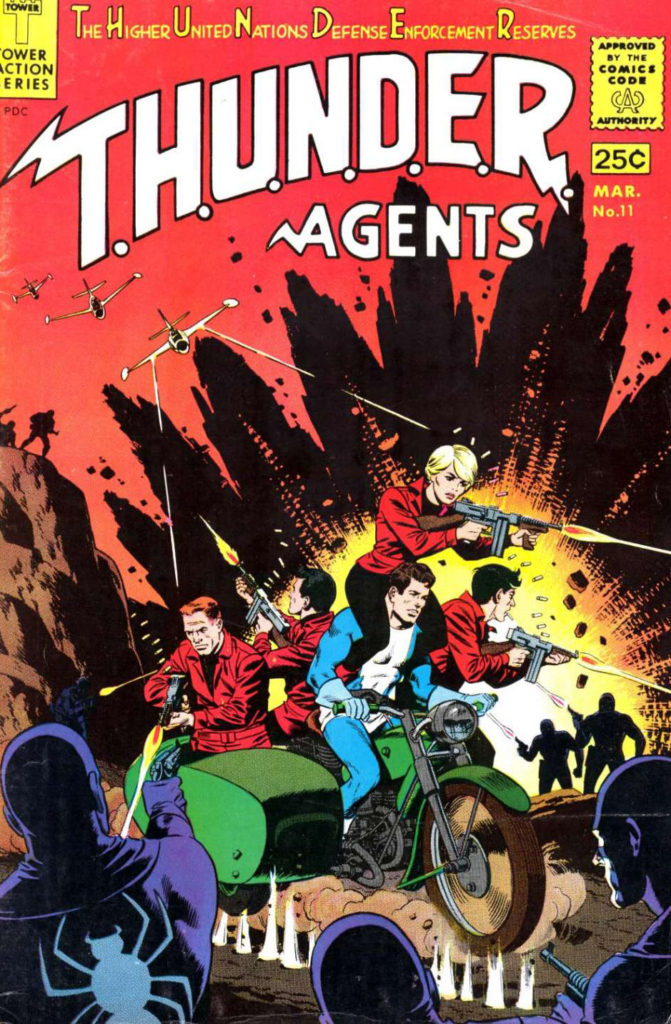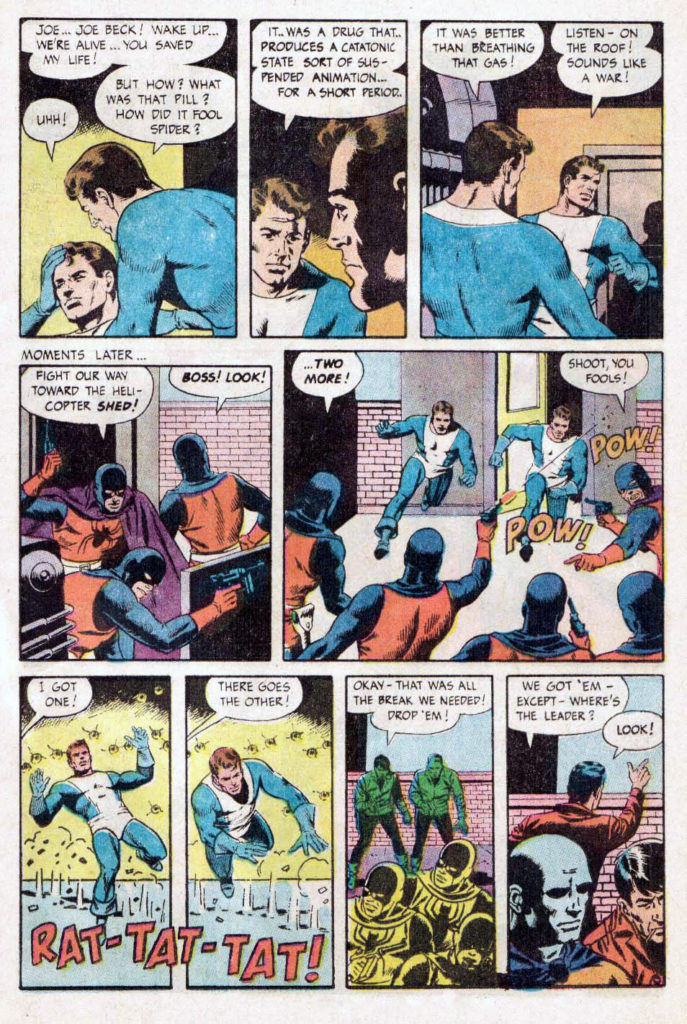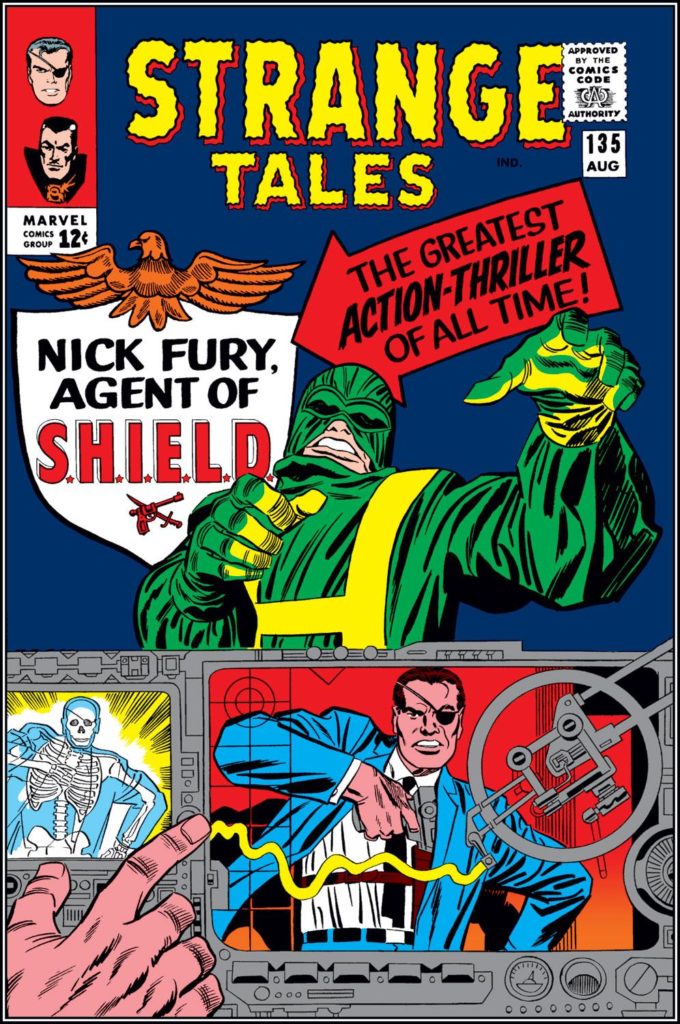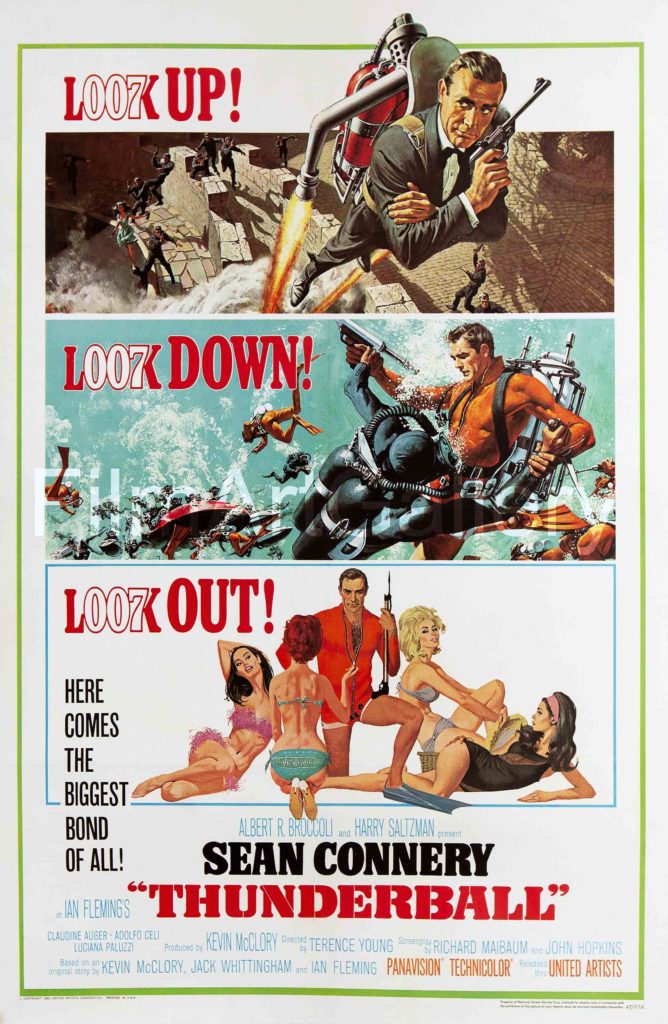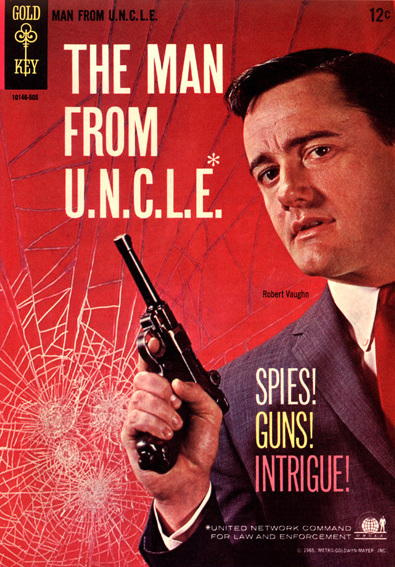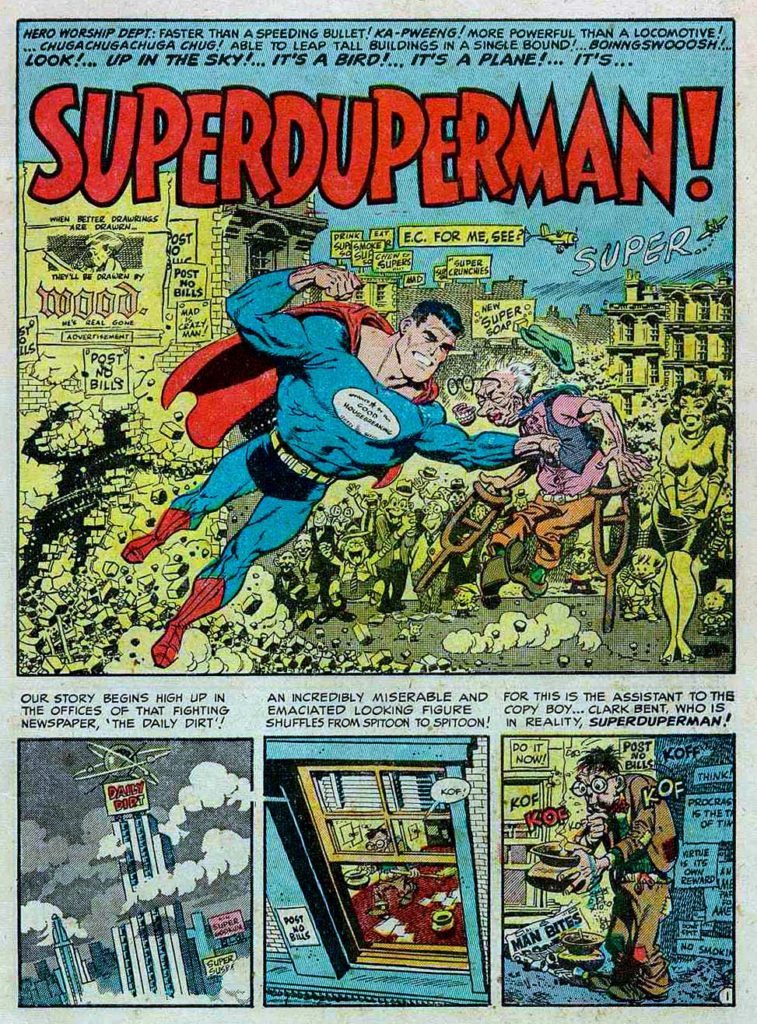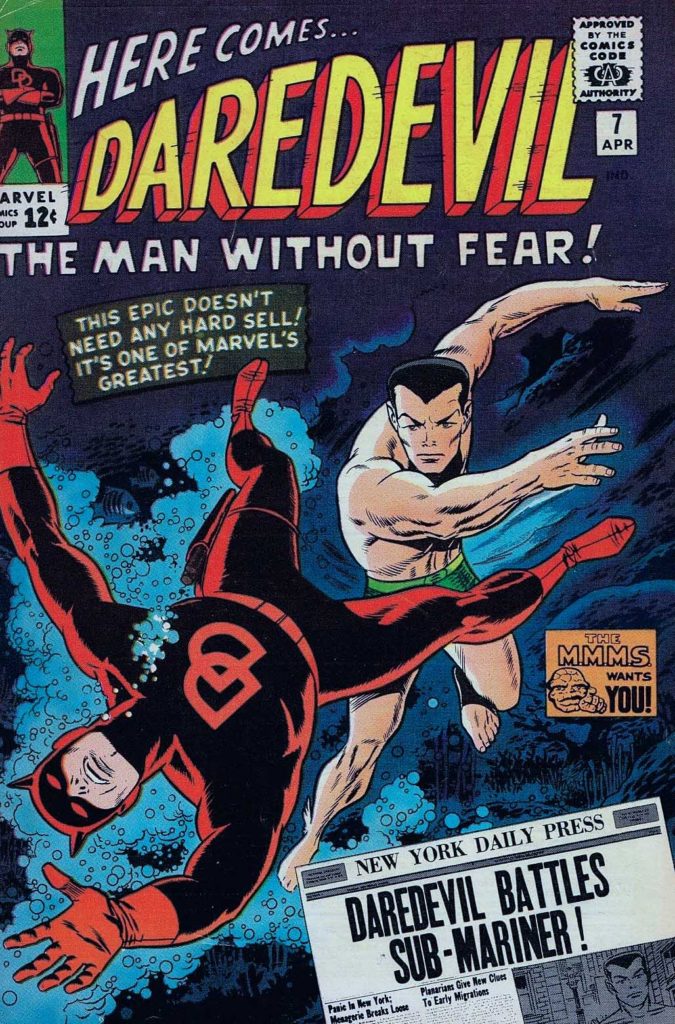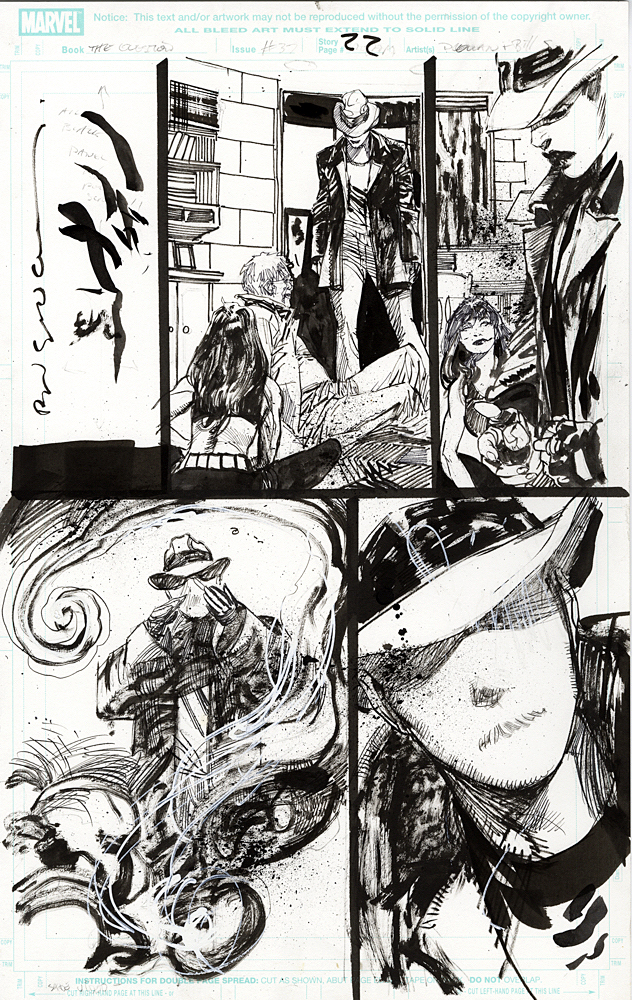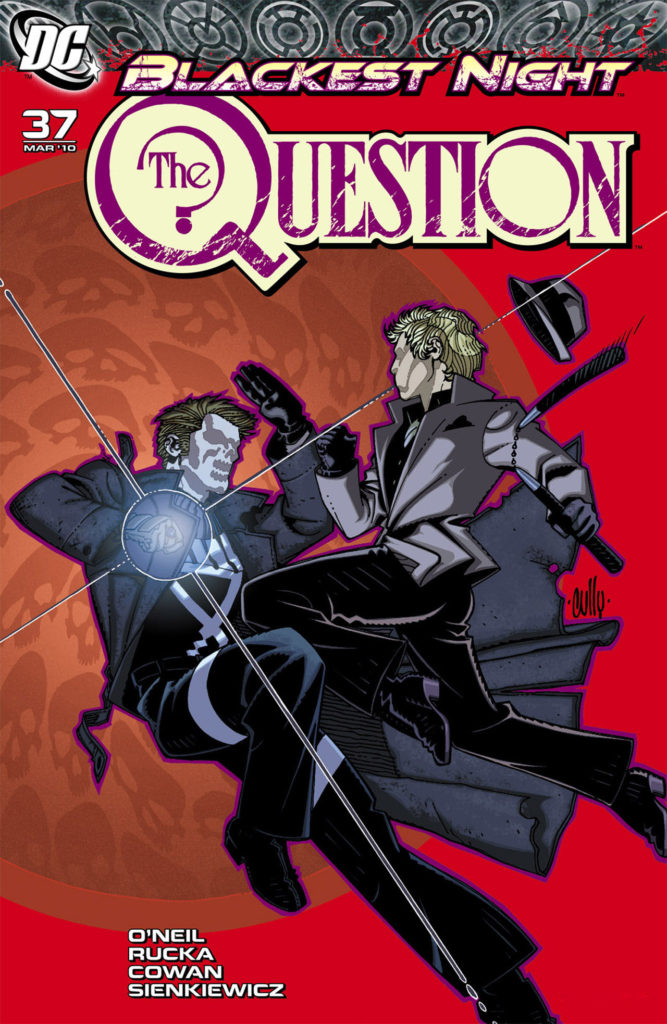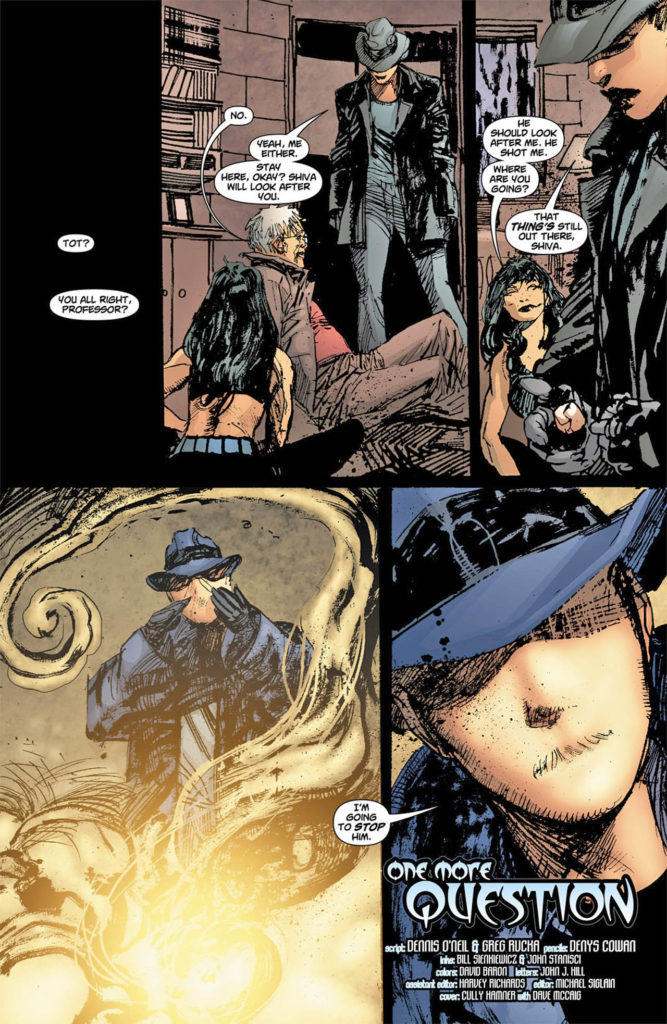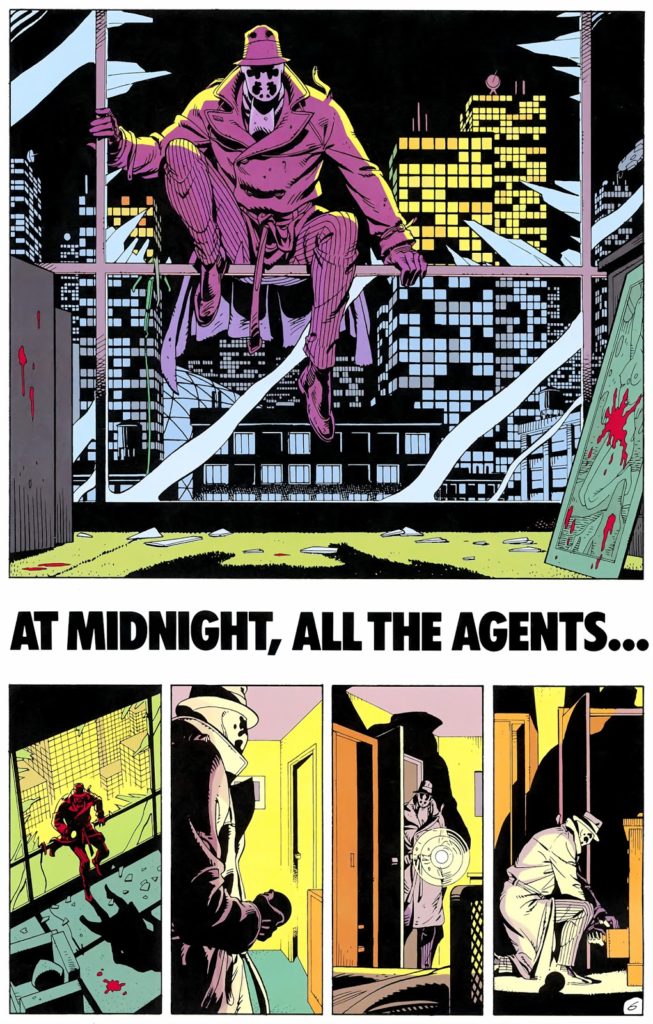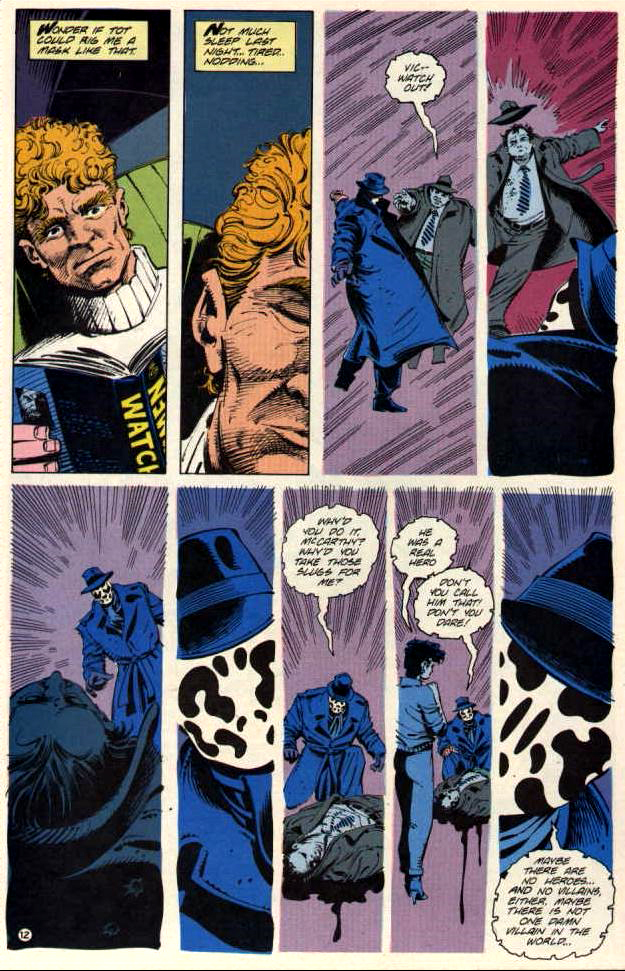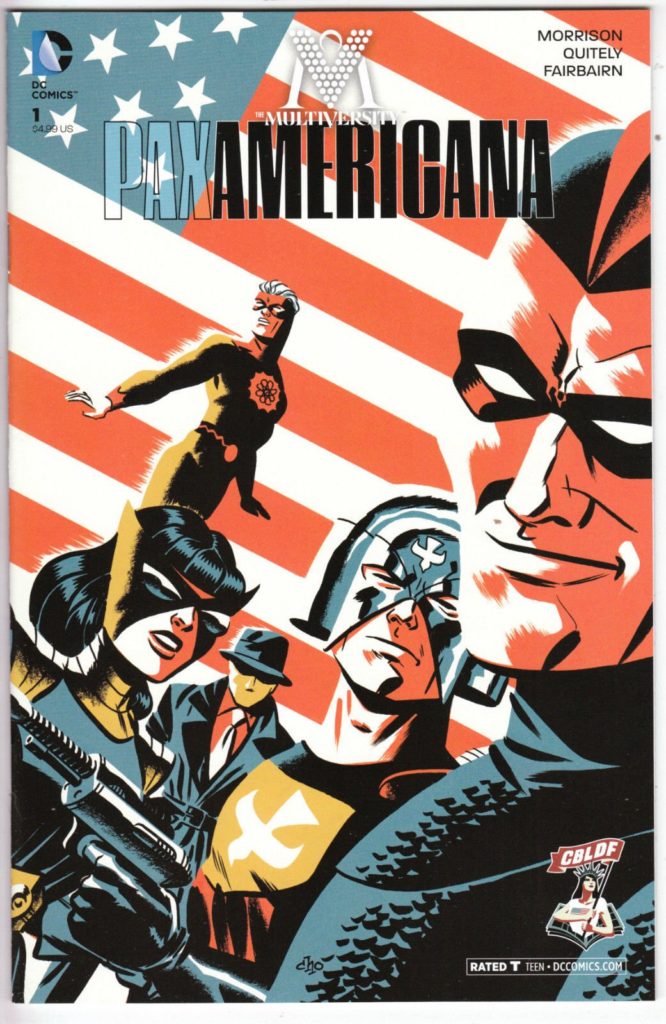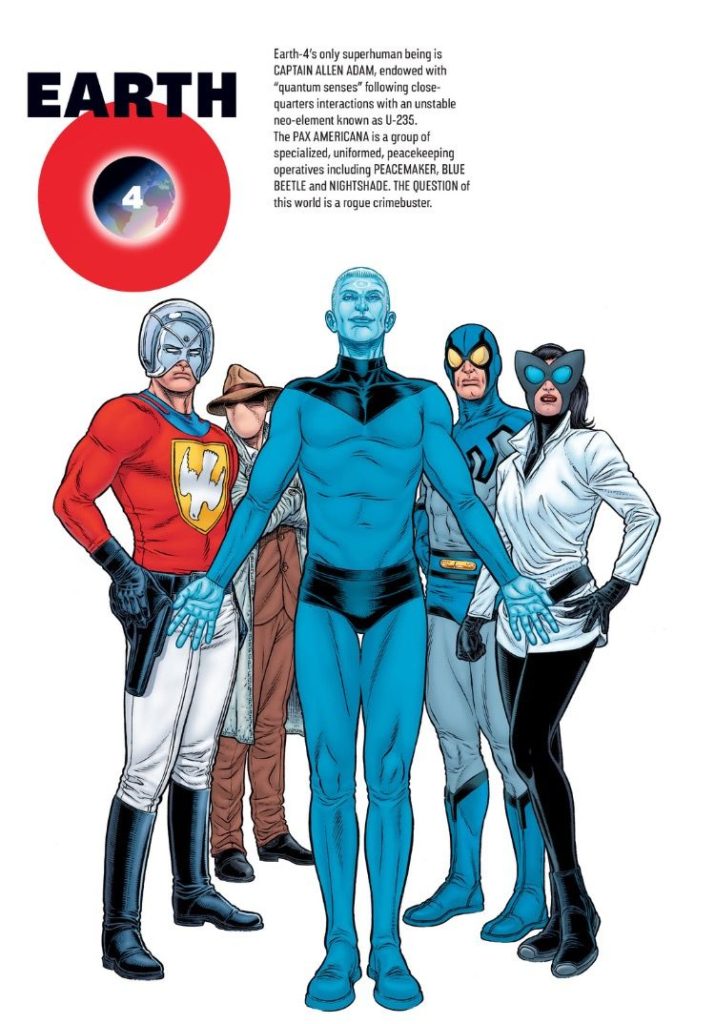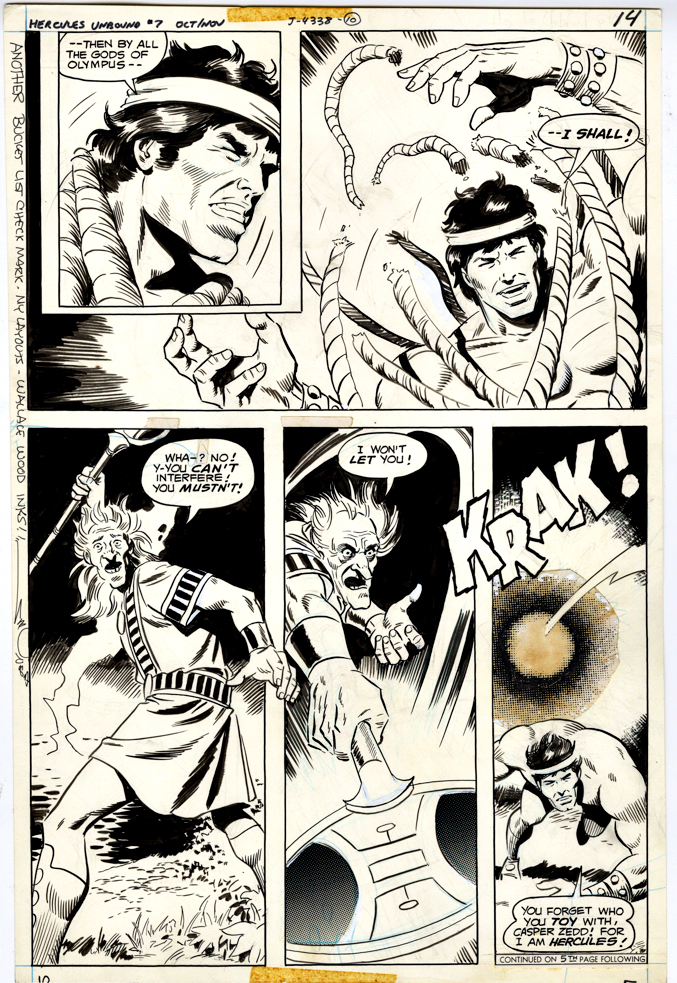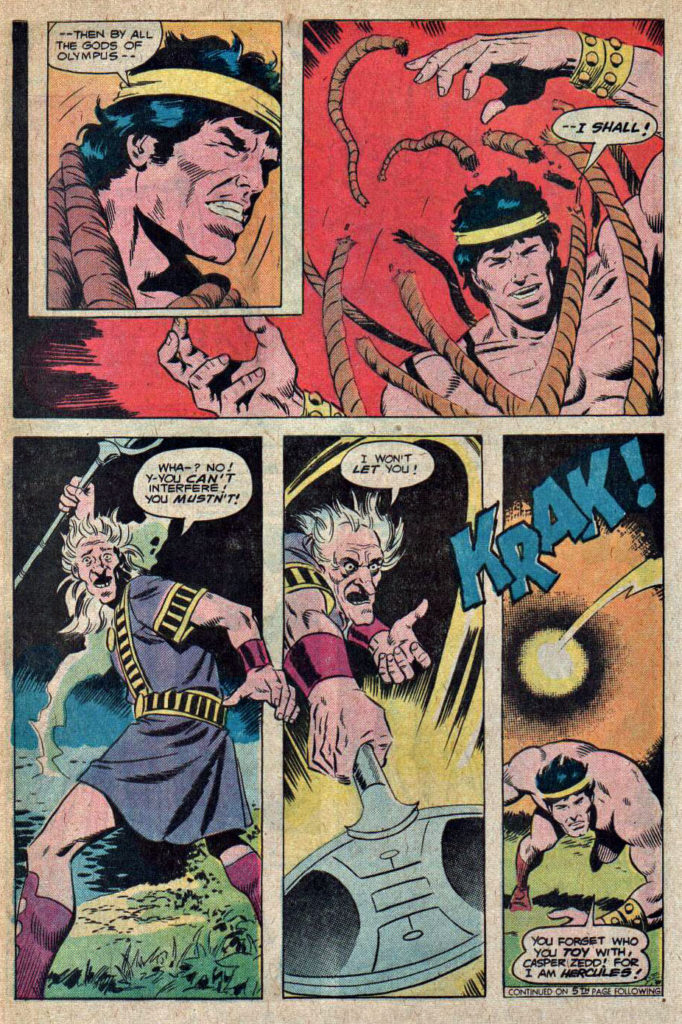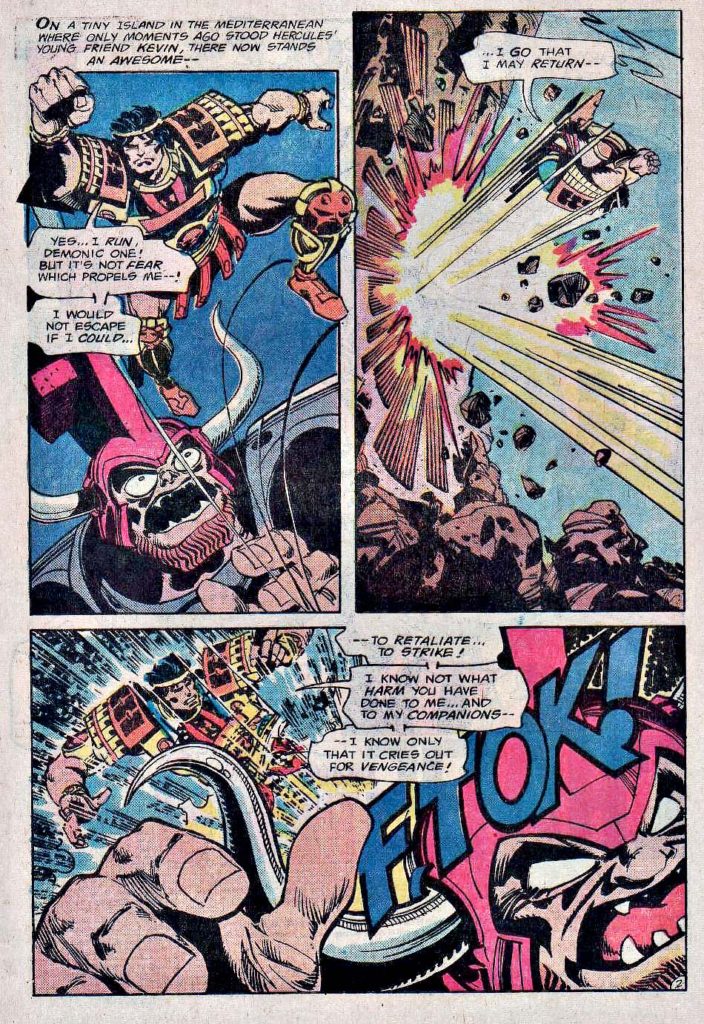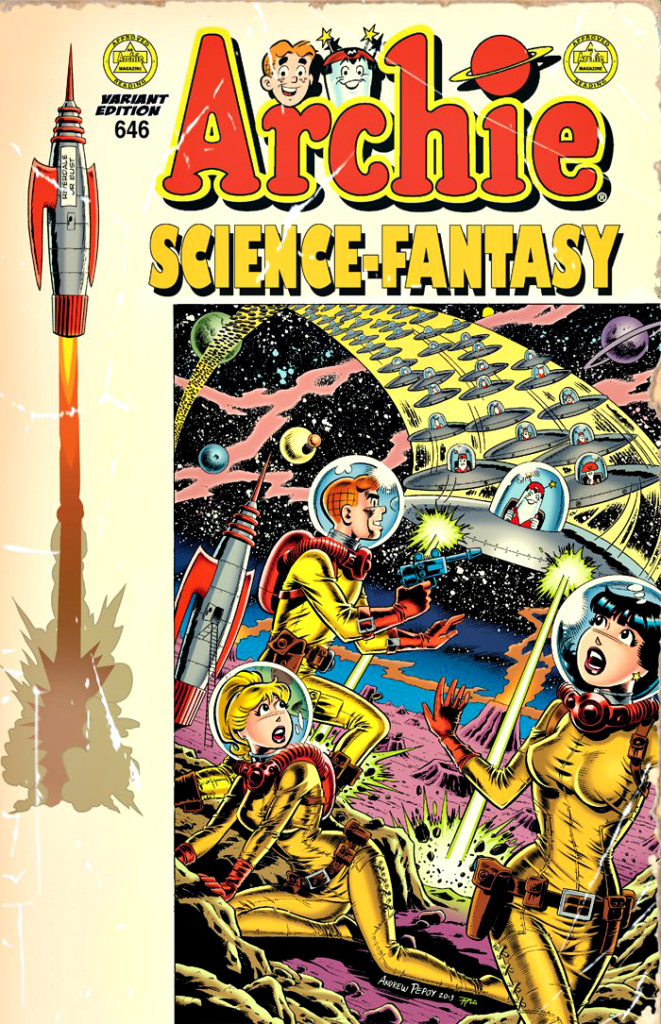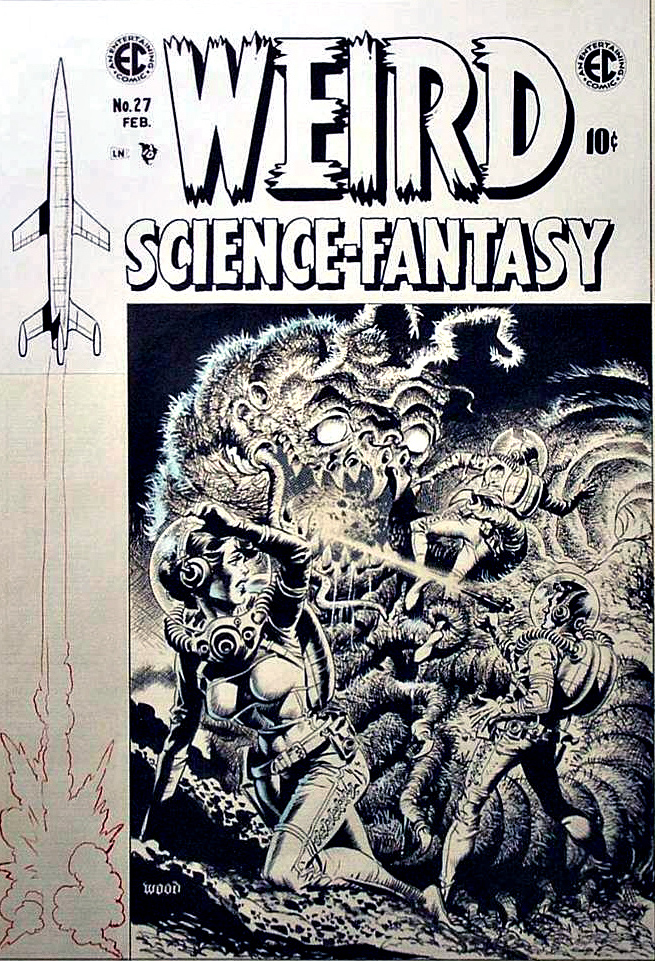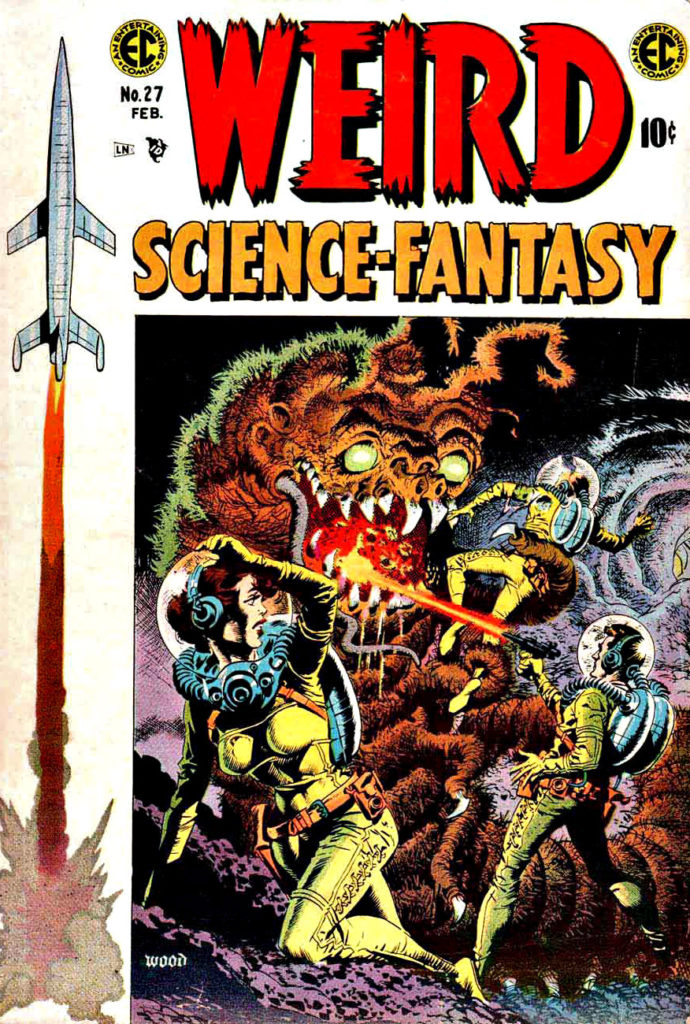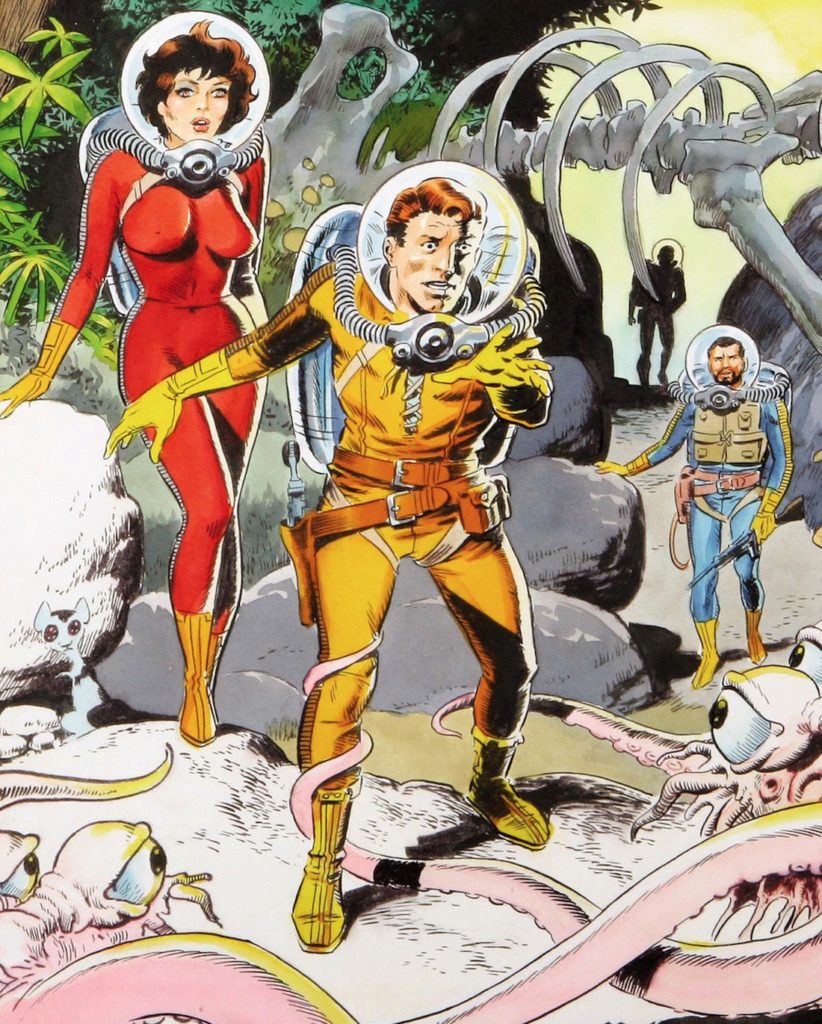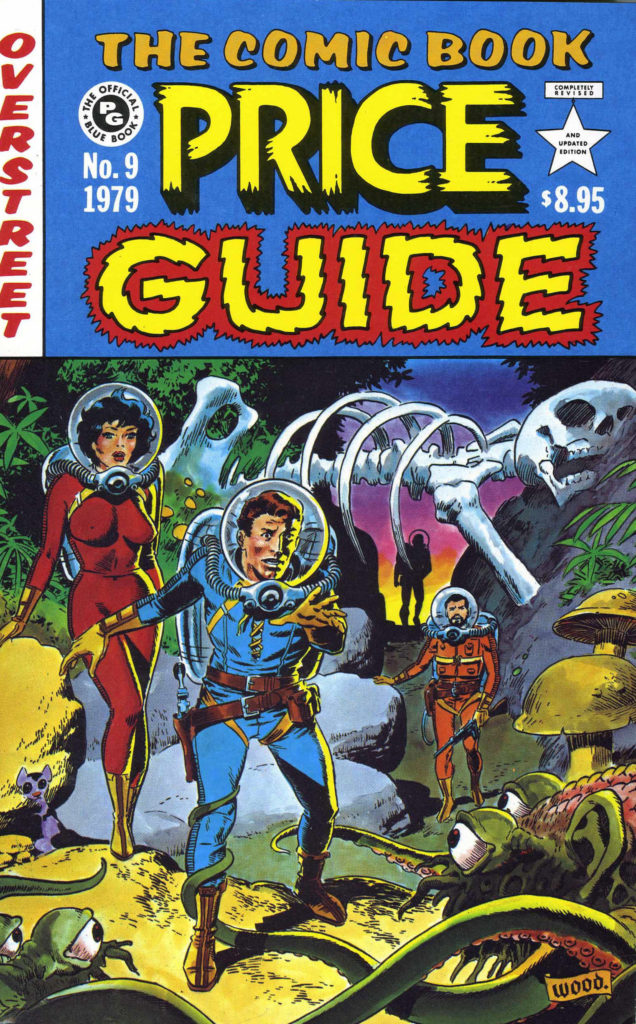Gil Kane and Wallace Wood — Toys For The Holidays (Part 2)
Captain Action #3, May 1969
Can lightning strike twice in the toy biz? Inventor Stan Weston thought so, and I for one, became proof of concept.
Weston had created the original 12” G.I. Joe “doll” for Hasbro in 1964 and younger baby boomers like myself quickly became obsessed with the figures and all their wonderfully detailed accessories.
Next up: Weston took his invention to Ideal Toys in 1966, and turned it into a superhero concept, capturing the zeitgeist of the era. Captain Action was born, and despite the goofy name, its dozen licensed superhero costumes were a terrific gimmick.
Kids could turn the good captain into a number of well-known characters including Superman, Batman, Spider-Man, Captain America and Aquaman.
And the best part? The costumes and accessories worked just fine with existing G.I. Joes, so any crafty kid (we were all crafty, FYI) could create a multiverse Justice League without buying multiple Captain Action figures.
The toy line burned brightly, but briefly, and by 1968/69, the product was heading to the closeout racks. That apparently didn’t concern DC, which licensed the character for yet another brief comic book series.
Fortunately, visual storytelling chores were handled by Gil Kane and Wally Wood, making for some great original art. (Wood drew issue #1 solo, and then inked Gil on issues #2, #3 and #5. Gil scripted, penciled and inked issue #4.)
This cool page features the origin of “Dr. Evil,” main nemesis to the good Captain. Remember when I said the Captain Action name was goofy? I have no words for naming a villain “Dr. Evil.”


